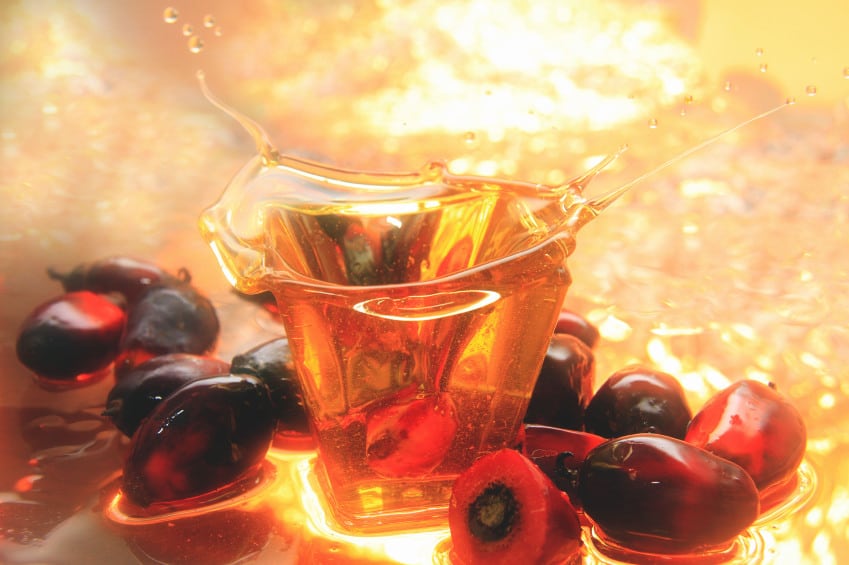Les Républicains party politician Franck Proust recently asked the European Commission to justify the rule with a written response.
The Commission told this site it would respond to Proust this month.
‘A tricky situation’
Chocolate makers selling in EU member states can add up to 5% of vegetable fats, such as palm oil and shea, in chocolate under Directive 2000/36/EC, which was implemented in 2003.
EU rules

Under Directive 2000/36/EC vegetable fats other than cocoa butter are permitted up to 5% by weight in chocolate, milk chocolate, family milk chocolate, white chocolate, chocolate a la taza and chocolate familiar a la taza. Vegetable fats permitted include palm oil, shea, mango kernel, sal, kokum gurgi and illipe. The use of vegetable fats other than cocoa butter must be indicated on the label. All products labelled chocolate, must contain less than 35% total dry cocoa solids, including at least 18% cocoa butter and no less than 14% dry non-fat cocoa solids. The directive also sets a minimum content of cocoa solids per chocolate type. For example a minimum of 25% total dry cocoa solid is required in milk chocolate.
“Artisan chocolatiers, of whom there are many in my constituency of South-West France, see this as a tricky situation potentially threatening the future of their craft,” said Proust in parliamentary questions in the European Parliament.
In the US, vegetable fats other than cocoa butter are not permitted in products labelled ‘chocolate’. But alternative vegetable fats are permitted for products commonly labelled 'chocolate flavor’ or 'compound coatings'.
Competition for artisanal firms
Proust asked the Commission to clarify the EU rules and asked if competition trends between artisan chocolatiers and the large chocolate manufacturers had been assessed since its introduction in 2000.
He asked: “If not, does it intend to do so, with a view to assessing the implications for employment and the retention of our craft skills at regional level?”
The Commission financed a study by LMC International published in 2006 on the impact of the 2000 directive.
It concluded there had been “very little impact on the global cocoa market” in some EU countries as few manufacturers had incorporated cocoa butter equivalents to their formulations.
But it said the directive had only been effective for around two years, which it called a “very short time for end users to make wholesale changes to recipes.” It called for a further review of the market in five to ten years.
Directive background
Vegetable fats were allowed in chocolate in seven member states prior to the 2000 EU directive: Austria, Denmark, Finland, Ireland, Portugal, Sweden and the UK.
The directive from 2000 revised the 1973 Chocolate Directive (73/241/EEC) and was linked to new Member States that allowed this production practice joining the union.
India to allow vegetable fats

In August this year, India proposed draft legislation to allow vegetable fats such as palm oil up to a maximum of 5% in chocolate. Vegetable fats are not permitted under current laws.
CAOBISO supports vegetable fats rule
The European confectionery & biscuit association CAOBISCO – whose members include Mars, Mondelēz and Nestlé – supported the 2000 directive and said allowing vegetable fats across the EU was necessary to create a single market for chocolate.
Laurence Vicca, communications and projects manager at CAOBISCO, told ConfectioneryNews: “The debate was passionate, in particular regarding the presence of vegetable fats other than cocoa as an ingredient in chocolate. It generated many declarations and papers from all sides.
“As CAOBISCO, we obviously participated in the debate, sharing our opinions, studies and figures in order to reach a consensus (as vegetable fats were allowed in seven member states), ensure the free circulation of chocolate products in the EU and provide consumers with a high quality and diversified choice of products.”
She said CAOBISCO hopes the 5% vegetable fats rule will remain.
